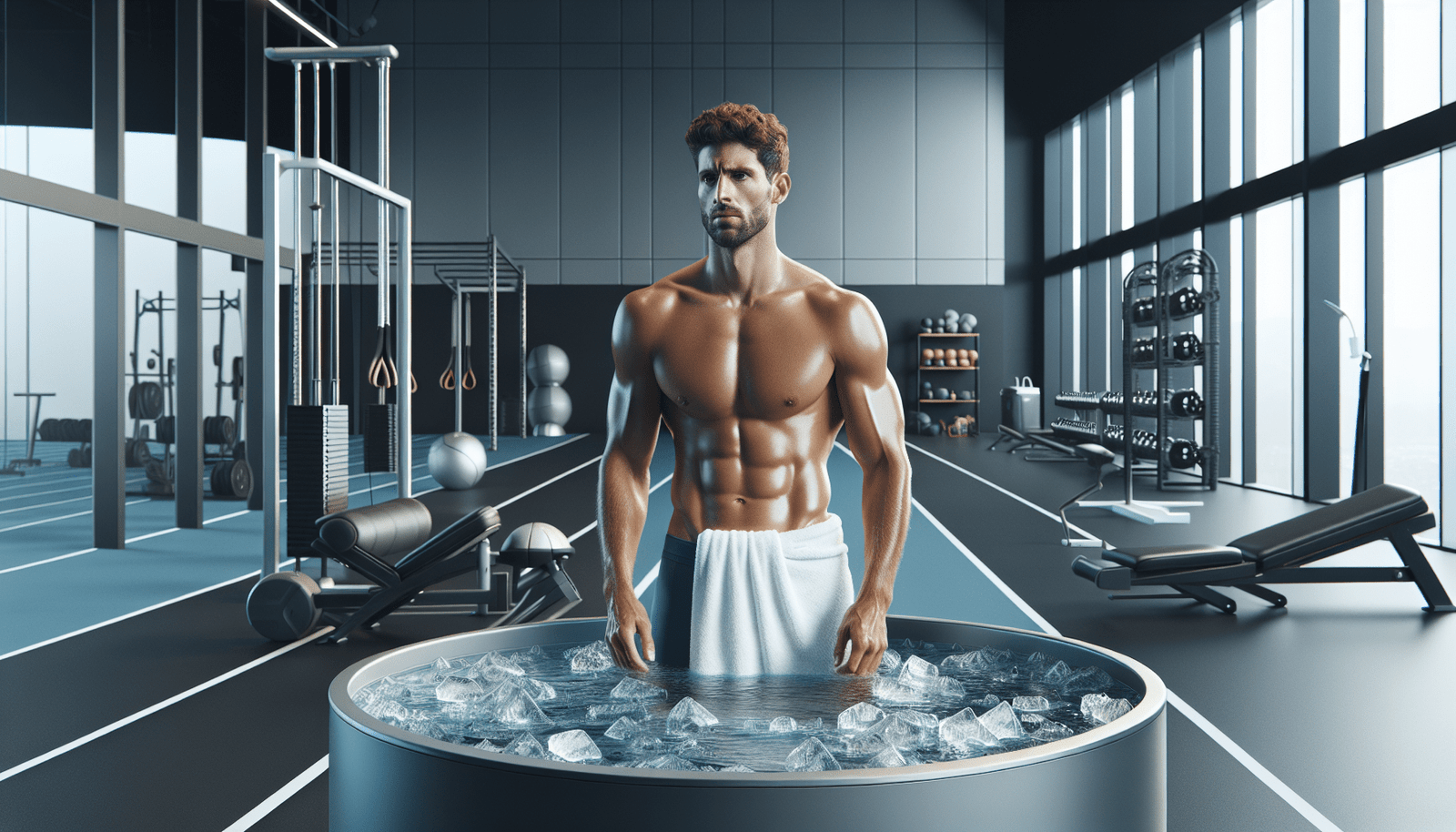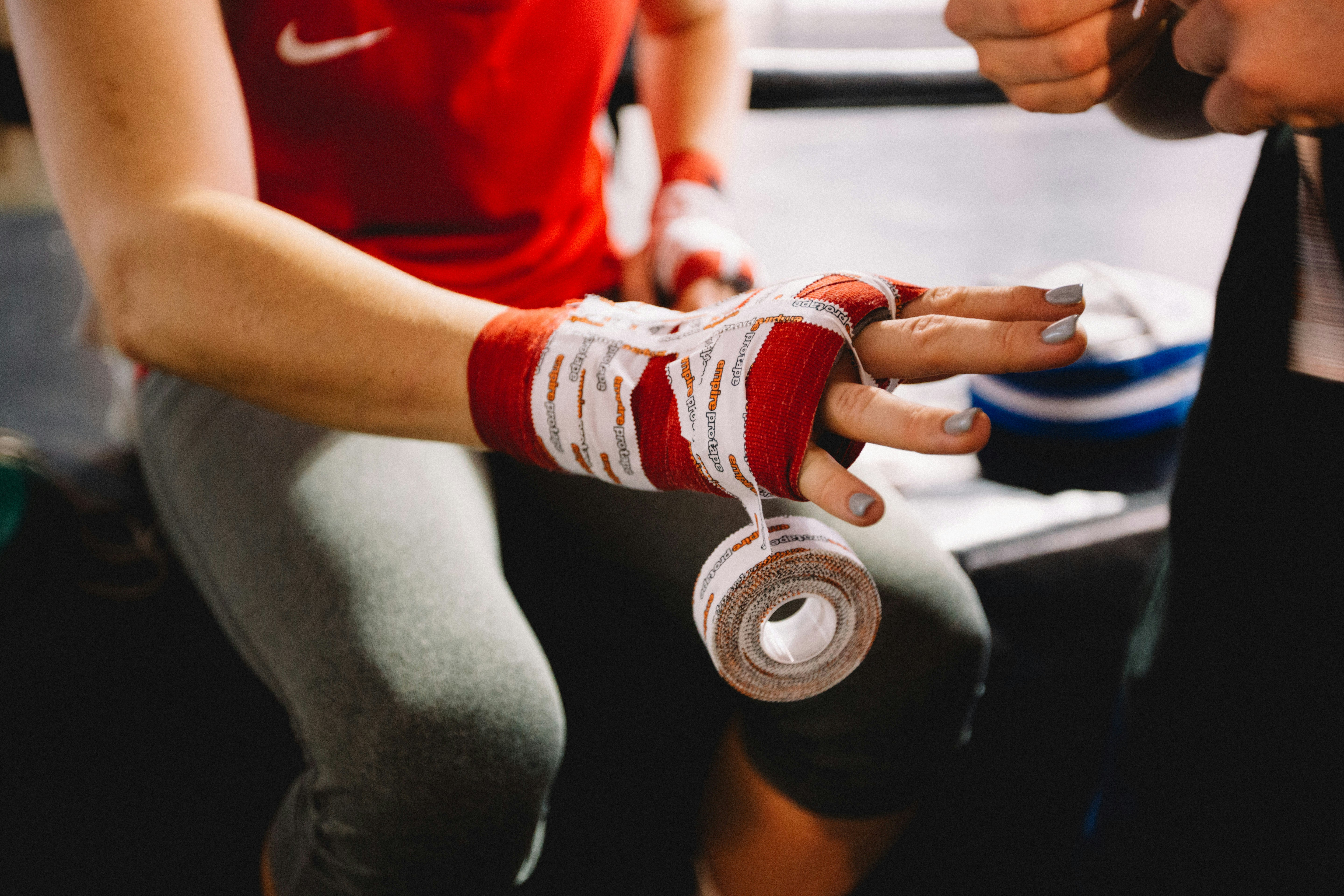For athletes looking to enhance their recovery routine, incorporating cold plunges can be a game-changer. Cold plunges, also known as cold water immersions or ice baths, offer a range of benefits that can help athletes recover faster and perform at their best. From reducing inflammation and muscle soreness to improving circulation and overall well-being, cold plunges provide a refreshing and invigorating way to accelerate the recovery process. Whether you’re a professional athlete or a weekend warrior, adding cold plunges to your recovery essentials is a surefire way to optimize your performance and keep your body in top shape.
What are Cold Plunges?
Cold plunges refer to the practice of immersing your body in cold water or exposing it to extremely low temperatures for a specific period of time. This technique has been used for centuries in various cultures around the world for its numerous health benefits. Cold plunges can be done in different ways, such as through traditional ice baths, cryotherapy chambers, or natural water bodies like lakes or rivers. Regardless of the method, the underlying principle remains the same – subjecting your body to cold temperatures to promote recovery and overall well-being.
Definition and Explanation
Cold plunges work by triggering a response in your body called cold thermogenesis. When you expose yourself to cold temperatures, your blood vessels constrict, diverting blood flow away from the skin’s surface and towards your internal organs. This vasoconstriction helps to reduce inflammation, flush out toxins, and accelerate the recovery process. Cold plunges also stimulate the release of endorphins, which are your body’s natural painkillers and mood elevators. This combination of physical and mental benefits makes cold plunges an essential component of any athlete’s recovery routine.
Benefits of Cold Plunges
Cold plunges offer a wide range of benefits that can greatly enhance an athlete’s recovery process. Some of the key advantages include:
-
Reduction of Inflammation: Cold temperatures cause blood vessels to constrict, reducing inflammation and swelling in the muscles and joints. This can be particularly helpful for athletes recovering from intense training sessions or injuries.
-
Muscle Recovery: Cold plunges promote the repair and regeneration of muscle tissue by increasing blood flow and flushing out lactic acid and other metabolites that accumulate during exercise. This can speed up the recovery process and reduce muscle soreness.
-
Improved Sleep: Cold plunges have a calming effect on the nervous system, helping athletes relax and achieve a better night’s sleep. Quality sleep is essential for recovery, as it allows the body to repair and recharge.
-
Enhanced Mental Well-being: Cold plunges can have a positive impact on your mood and mental well-being by triggering the release of endorphins. They can help reduce stress, anxiety, and symptoms of depression, allowing athletes to maintain a positive mindset throughout their training and competition.
Why are Cold Plunges Essential for Athlete Recovery?
For athletes, recovery is just as important as training itself. Without proper recovery, the body can become overwhelmed, and performance may suffer. Cold plunges play a crucial role in athlete recovery due to the following reasons:
Reduction of Inflammation
Intense training can lead to inflammation in the muscles and joints. Cold plunges help alleviate this inflammation by constricting blood vessels and reducing the flow of inflammatory markers. By reducing inflammation, athletes can recover faster and get back to their training regime with less discomfort.
Muscle Recovery
Exercise causes micro-tears in the muscle fibers, which are necessary for growth and adaptation. However, these micro-tears can also lead to muscle soreness and stiffness. Cold plunges enhance muscle recovery by promoting blood circulation and flushing out metabolic waste products. This helps the muscles repair and rebuild, reducing the time it takes for athletes to bounce back.
Improved Sleep
Restful sleep is vital for overall recovery, as it allows the body to repair and regenerate. The calming effect of cold plunges helps to relax the body and mind, making it easier for athletes to fall asleep and stay asleep. Quality sleep improves cognitive function, hormone regulation, and immune system function, all of which contribute to optimal recovery.
Enhanced Mental Well-being
Athlete recovery isn’t just about physical rejuvenation; it’s also about mental rejuvenation. The release of endorphins during cold plunges promotes a sense of well-being and happiness, which can positively impact an athlete’s mental health. By reducing stress, anxiety, and symptoms of depression, athletes can maintain a positive mindset and motivation throughout their training and competition.
How to Incorporate Cold Plunges into Athlete Recovery Routine
Integrating cold plunges into an athlete’s recovery routine requires an understanding of the ideal temperature and duration, a gradual progression approach, and precautions to ensure safety.
Understanding the Ideal Temperature and Duration
The optimal temperature and duration for cold plunges vary depending on the method and individual preferences. In general, temperatures ranging from 50°F to 60°F (10°C to 15°C) are recommended, but some athletes may prefer colder or slightly warmer temperatures. As for duration, starting with short sessions of around 1-2 minutes and gradually increasing to 5-10 minutes is a good approach. It’s important to listen to your body and adjust the temperature and duration accordingly.
Gradual Progression
When incorporating cold plunges into your recovery routine, it’s important to start gradually and allow your body to adapt. Begin with shorter sessions and lower temperatures, and gradually increase both as your body becomes more accustomed to the cold. This progression helps prevent shock to the system and allows the body to optimize its response to the cold therapy.
Precautions and Safety Measures
While cold plunges offer numerous benefits, it’s essential to take precautions to ensure safety. If using natural water bodies, always assess the conditions and potential hazards before plunging in. When using ice baths or cryotherapy chambers, be sure to follow the instructions provided by professionals to ensure safe and effective use. It’s also advisable to consult with a healthcare professional before incorporating cold plunges into your recovery routine, especially if you have any pre-existing medical conditions.
Types of Cold Plunges
There are several different types of cold plunges that athletes can incorporate into their recovery routine. The choice of method depends on personal preferences, accessibility, and resources.
Traditional Ice Baths
Ice baths have long been used as a popular method of cold immersion therapy. Athletes fill tubs with cold water and add ice to achieve the desired temperature. Ice baths are easy to set up and can be done at home or at training facilities. They provide a cost-effective and straightforward way to enjoy the benefits of cold plunges.
Cryotherapy Chambers
Cryotherapy chambers are a more technologically advanced form of cold immersion therapy. These chambers use liquid nitrogen or refrigerated cold air to create an extremely cold environment for the whole body. Cryotherapy chambers offer precise temperature control and are often available at specialized clinics or wellness centers. They provide a more controlled and intense cold therapy experience.
Natural Water Bodies
For those who prefer a more natural approach, cold plunges can be done in natural water bodies such as lakes, rivers, or oceans. Immersing yourself in cold, natural water not only provides the benefits of cold therapy but also allows you to enjoy the beauty and serenity of nature. It’s important to ensure the safety and cleanliness of the water before attempting a cold plunge in a natural setting.
Equipment and Accessories for Cold Plunges
To enhance the cold plunge experience and ensure safety, there are several equipment and accessories that athletes can consider:
Ice Baths and Tubs
If opting for traditional ice baths, investing in a sturdy tub or bath specifically designed for cold immersion therapy is recommended. These tubs are typically insulated, making it easier to maintain the desired temperature for an extended period. They are easily portable and can be used in various settings.
Thermometers
Having a reliable thermometer is crucial for monitoring the temperature of the water or cryotherapy chamber. This allows athletes to ensure they are achieving the desired temperature range and avoid extreme cold exposure that could be harmful.
Towels and Robes
After a cold plunge, drying off quickly and wrapping yourself in a warm towel or robe is essential to avoid a rapid drop in body temperature. Invest in soft, absorbent towels and cozy robes to make the recovery process more comfortable.
Personal Safety Gear
In some cases, such as natural water plunges, it may be necessary to wear personal safety gear like wetsuits or drysuits to protect against extreme cold or potential hazards in the water. Consult with professionals or experienced cold plunge practitioners to determine the appropriate safety gear for your specific situation.
Guidelines for a Successful Cold Plunge
To make the most of your cold plunge experience, it’s important to follow these guidelines:
Proper Warm-up
Before taking a cold plunge, ensure your body is adequately warmed up. Engage in light exercise or dynamic stretching to increase your core body temperature and promote blood flow. This helps prepare your body for the shock of cold immersion and enhances the overall effectiveness of the therapy.
Recovery Protocols
Cold plunges work best when incorporated into a comprehensive recovery routine. Combine them with other recovery techniques such as foam rolling, massage, stretching, and active recovery exercises. This holistic approach maximizes the benefits and accelerates the recovery process.
Hydration and Nutrition
Staying properly hydrated and maintaining a balanced, nutrient-rich diet are critical for recovery. Cold plunges can be dehydrating, so it’s important to drink plenty of fluids before and after your session. Consuming a combination of carbohydrates, protein, and healthy fats can provide your body with the necessary nutrients to repair and rebuild.
Tips for Enhancing the Cold Plunge Experience
To make the cold plunge experience more enjoyable and beneficial, consider these additional tips:
Breathing Techniques
Practice deep breathing techniques such as slow, controlled inhales and exhales throughout your cold plunge session. This helps to promote relaxation, enhance oxygenation, and calm the nervous system.
Music and Visualization
Create a calming and soothing atmosphere by listening to peaceful music or guided meditation during your cold plunge. Visualize your body and mind benefiting from the cold therapy, allowing yourself to fully embrace the experience.
Adding Essential Oils or Bath Salts
Enhance the sensory experience of your cold plunge by adding a few drops of essential oils or bath salts to the water. Lavender, eucalyptus, or peppermint oils can provide relaxation, rejuvenation, and a pleasant aroma.
Cold Plunges and Injury Rehabilitation
Cold plunges can play a significant role in injury rehabilitation by reducing swelling, alleviating pain, and facilitating the healing process. Cold therapy minimizes cellular damage, reduces metabolic activity, and constricts blood vessels, all of which contribute to a faster recovery.
Reducing Swelling and Pain
Cold plunges help reduce swelling by constricting blood vessels and reducing blood flow to the injured area. This limits the accumulation of excess fluids and helps alleviate pain and discomfort associated with inflammation.
Faster Healing Process
The benefits of cold plunges, such as increased blood circulation, enhanced oxygen and nutrient delivery, and reduced inflammation, accelerate the healing process for injured athletes. Cold therapy can speed up tissue repair and stimulate the growth of new cells, allowing athletes to return to their activities sooner.

Case Studies: Athletes and Cold Plunges
Numerous athletes from different disciplines have experienced the benefits of incorporating cold plunges into their recovery routines. Many have reported faster recovery times, reduced muscle soreness, improved sleep, and enhanced overall well-being. These success stories and testimonials underscore the effectiveness of cold plunges as an essential tool for athlete recovery.
Conclusion
Cold plunges offer a powerful and natural approach to enhance athlete recovery. By reducing inflammation, promoting muscle recovery, improving sleep, and enhancing mental well-being, cold plunges can significantly impact an athlete’s overall performance and longevity. Whether through traditional ice baths, cryotherapy chambers, or natural water bodies, incorporating cold plunges into an athlete’s routine can help them reach their peak potential while enjoying the many benefits of this ancient practice. So, take the plunge and start reaping the rewards of cold immersion therapy.





